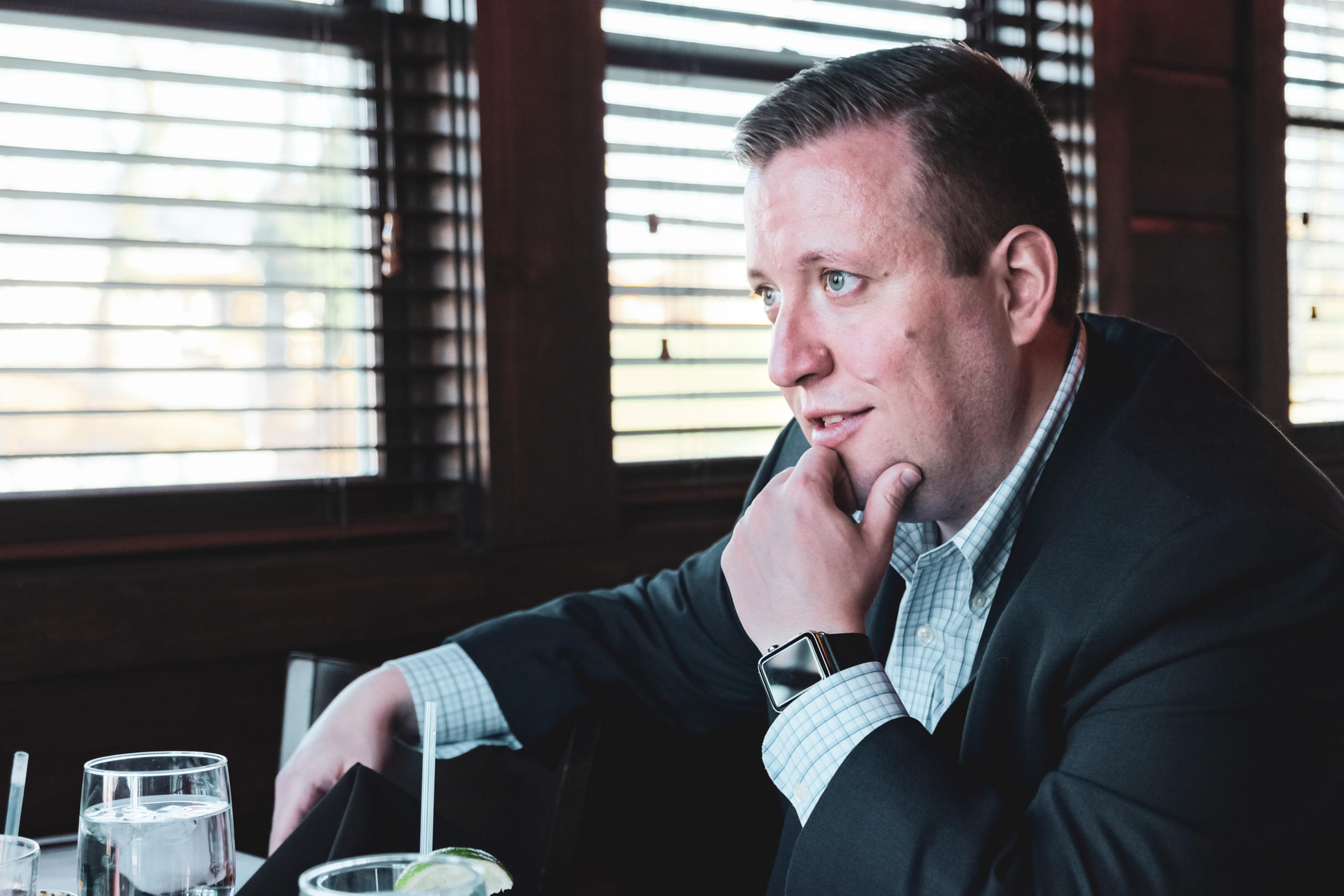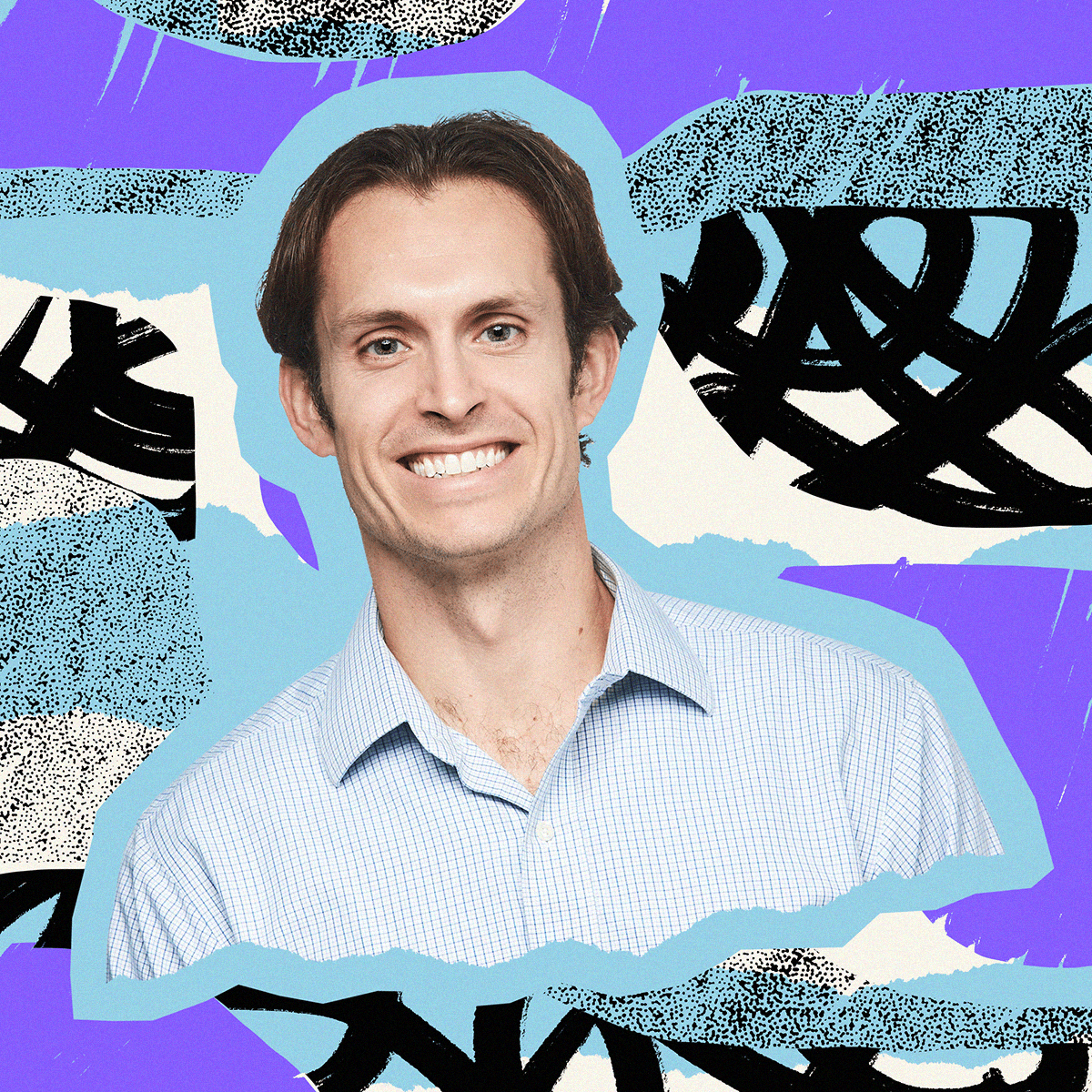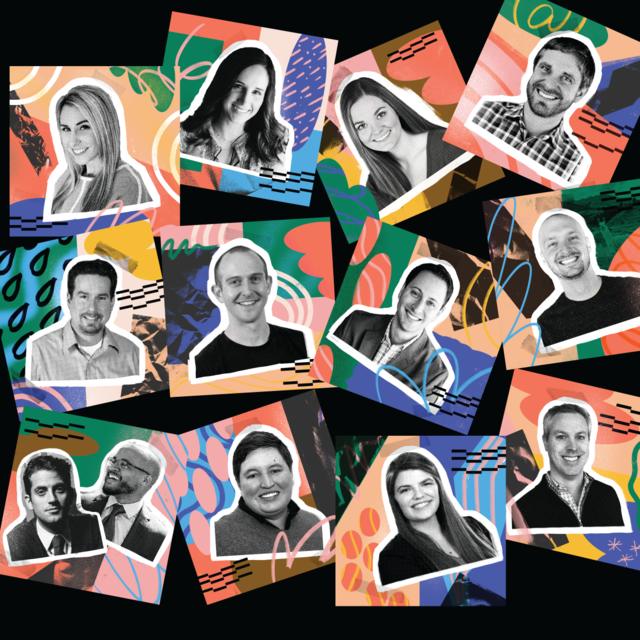
Moving Your Product Up-Market as You Scale

There is nothing quite like those early days of product success. Seeing your vision come to life as customers begin to adopt your services is not only validating, it can lead to new opportunities to scale. Of course, scaling has its own challenges.
What happens when you wake up and realize that your target customer has changed? How do you move your product up-market, targeting a completely new audience while maintaining the customers that you already have? We talked with Justin Bauer, VP of Product at Amplitude Analytics, which helps people use customer data to build great product experiences that convert and retain users.
Justin shares about how an up-market move impacted he and the team at Amplitude while helping the company grow in ways that made sense for both their current customer and the customer of tomorrow. Listen in to hear Justin’s experience in transitioning from serving start-ups to serving enterprise companies.



